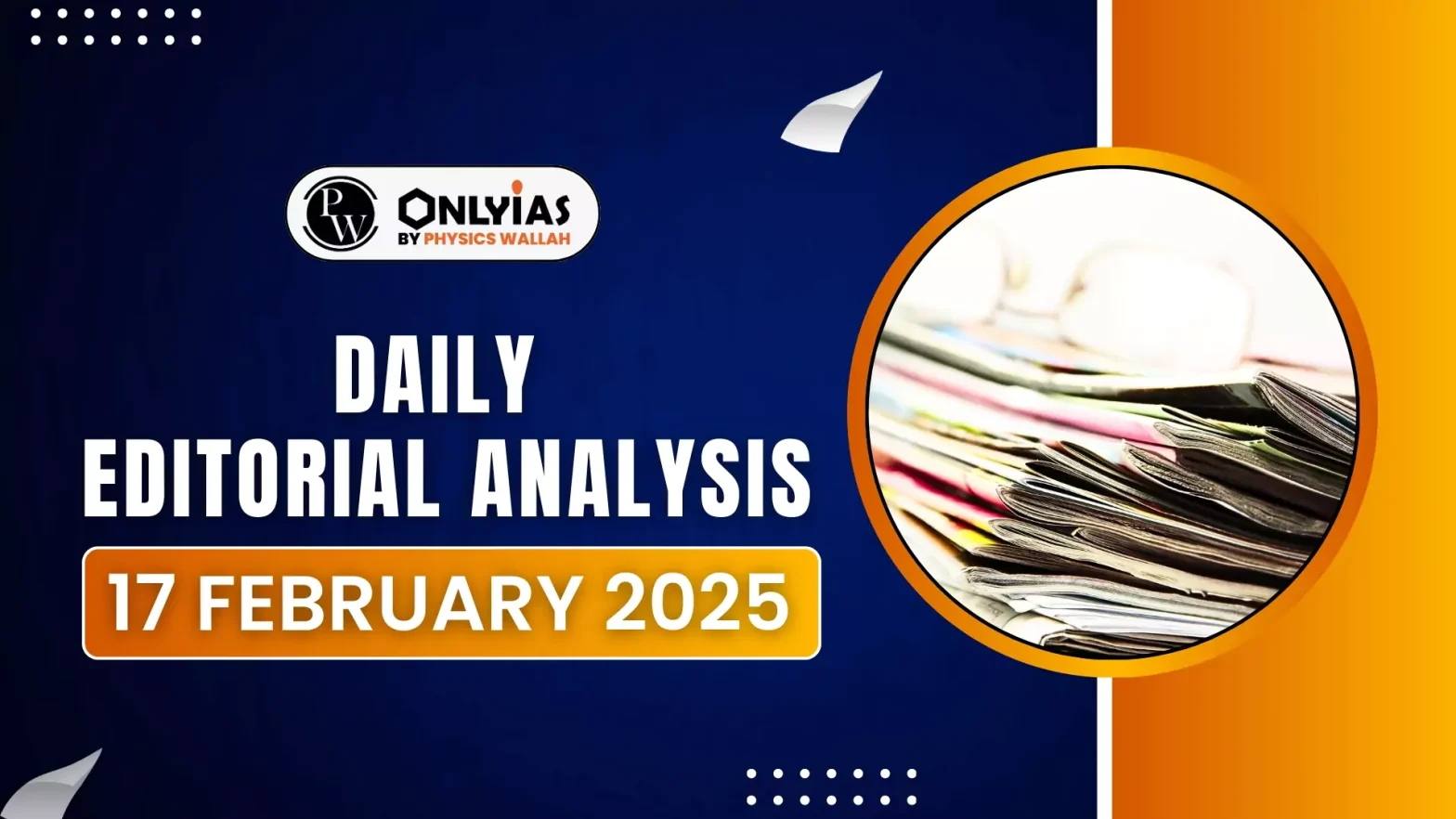Recent discussions in Parliament on the 75th anniversary of the Indian Constitution highlighted that the momentum towards deepening local governance has stalled.
Key Features of the 73rd Amendment
- About: The 73rd Constitutional Amendment (1992) institutionalized decentralization in rural India by establishing a three-tier system at the village, block, and district levels.
- Democratic Decentralization: Empowered local self-governance through Gram Panchayats, Panchayat Samitis, and Zila Parishads.
- Regular Elections: Mandated elections every five years to ensure continued democratic participation.
- Reservation: 50% reservation for women in panchayats. Reservation for SCs and STs to ensure political representation.
Achievements of the Panchayati Raj Institution
- Increased political participation: Panchayat elections are keenly contested across states.
- Women’s leadership: 14 lakh+ elected women representatives have assumed leadership roles.
- Establishment of village level bureaucracy: Constitution has mandated State Finance Commission and administrative mechanism to strengthen the PRIs.
- Implementation of social sector programs: Gram panchayats play a key role in executing welfare schemes.
Reasons of Decline of Panchayati Raj Institutions
- General reasons for the decline:
- Declining public participation: Local governance is losing significance in decision-making.
- Overdependence: Panchayats lack autonomy due to conditional funding (tied grants)
- Politicisation: Panchayats are increasingly influenced by political parties, affecting their neutral functioning.
- Stagnation: State governments have not fully transferred staff and decision-making powers over the 29 subjects listed in the Eleventh Schedule. Less than 20% of states have devolved all 29 subjects (Ministry of Panchayati Raj Report, 2022).
- PRIs lack bureaucratic support, making them dependent on state agencies for implementing decisions.
- Reduced Fiscal Autonomy
- Increase in fund allocation: Transfers from Finance Commissions increased from ₹1.45 lakh crore (13th FC) to ₹2.36 lakh crore (15th FC).
- Decline in untied grants: The share of untied funds (which PRIs can use freely) has fallen from 85% to 60%, increasing central control. These limit Panchayats’ ability to plan and execute local development priorities independently.
- Shift in Welfare Delivery Model: Direct Benefit Transfers (DBTs) through Jan Dhan-Aadhaar-Mobile (JAM) have bypassed PRIs, reducing their role in welfare implementation.
- Example: PM-KISAN (₹6,000 per farmer annually) is directly transferred to beneficiaries without panchayat involvement, reducing local accountability and governance participation.
- Rapid Urbanization:
- Rural population decline: From 75% in 1990 to 60% at present, leading to reduced focus on rural governance. Government priorities have shifted towards urban governance and municipal reforms, leaving PRIs underfunded and politically neglected.
Way Forward
- Strengthening Decentralization: Full devolution of all 29 subjects under the Eleventh Schedule to PRIs. Increase untied funds, allowing Panchayats to make independent decisions on local development.
- Strengthen administrative autonomy by deploying permanent staff at the Panchayat level.
- Digitalisation: Use digital tools for governance to enhance citizen participation in planning, budgeting, and grievance redressal.
- Integrated Model: Networked Panchayati Raj system to bridge the rural-urban divide through integrated governance models.
- Expanding Panchayat Roles in Key Areas
- Migration Support: Assist in safe internal migration, ensure social security for migrant families, and help in livelihood generation.
- Water Conservation & Renewable Energy: Manage common resources using scientific and traditional knowledge for sustainable development.
- Disaster Risk Management: Implement early warning systems, develop disaster-resilient infrastructure, and conduct community preparedness programs.
- Strengthening Participation
- Capacity-building programs for elected women representatives and SC/ST leaders to improve leadership skills.
- Ensure gender-sensitive governance and reduce bureaucratic resistance to women-led Panchayats.
- Promote social inclusion by increasing access to leadership training and financial resources for marginalized groups.
- Balancing Rural-Urban Development: Recognize semi-urbanizing villages and create hybrid rural-urban governance models (e.g., PURA Model). Introduce special financial provisions for peri-urban Panchayats dealing with rapid urbanization challenges.
- Strengthen linkages between rural and urban local bodies to improve service delivery and infrastructure planning.
- Creating a National Policy for Panchayati Raj 2.0: Revisit the constitutional framework to modernize Panchayat governance in line with current socio-economic challenges.
- Establish a National Commission to reassess Panchayat powers, finances, and development roles.
- Ensure periodic performance evaluations and continuous reforms based on real-time monitoring and feedback.
Conclusion
Over 95 Crore people still live in rural India. A new vision is needed to redefine the role of panchayats in changing the development landscape of India.
![]() 17 Feb 2025
17 Feb 2025

